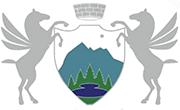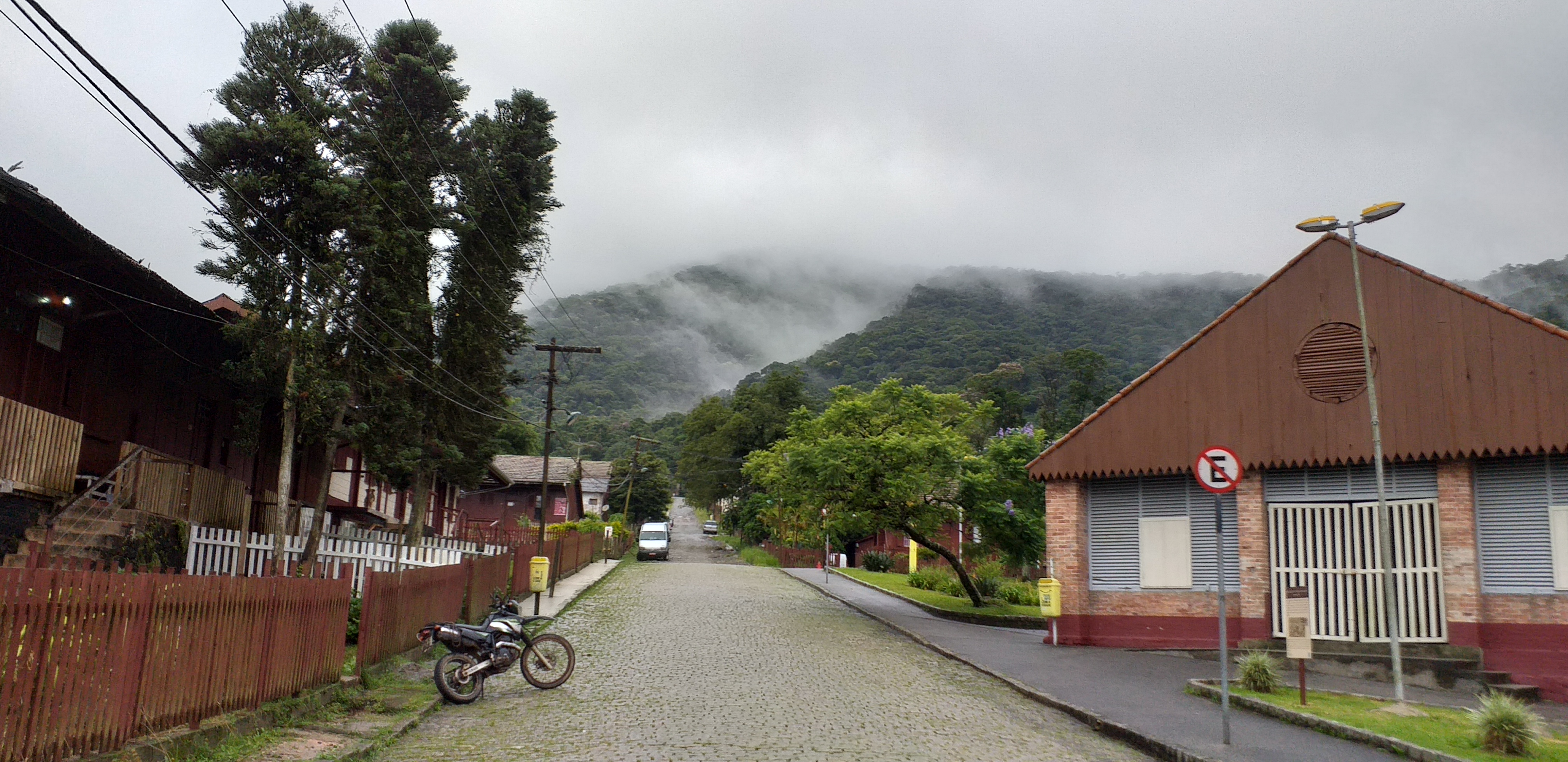|
Ivica Tunnel
The Ivica Tunnel is a road tunnel in Montenegro, between the towns of Šavnik and Žabljak in the Drobnjaci region, which opened in December 2010. At 2.2 kilometers long it is the second longest vehicular tunnel in Montenegro. References Case Studies from Montenegro 2011/2012. Milovac, Dejan. Mrdović, Ines. Pgs 10–14. Road tunnels in Montenegro Tunnels completed in 2010 Transport in Montenegro {{Montenegro-geo-stub ... [...More Info...] [...Related Items...] OR: [Wikipedia] [Google] [Baidu] |
Šavnik
Šavnik ( cnr, Шавник, ) is a town in Montenegro and administrative center of the Šavnik Municipality. It is located at the confluence of three rivers - Bukovica, Bijela and Šavnik, at an altitude of 840 meters. It is the lowest lying settlement in the municipality. History Unlike most settlements in the area, which date back several centuries, Šavnik is relatively new, founded only in 1861. It was populated by migrants from other parts of Montenegro and Herzegovina, mostly craftsmen, merchants, riflers and blacksmiths, which were needed by local farmers. The area was overgrown with willows, which the newly formed town was named after (šavice – willow branches or seams, which were used as a roof covering). Before the construction of first houses on the site of today's town, there were two mills on Šavnik River. The first three houses that were built in Šavnik were a tavern with a shop, rifle repair shop and a blacksmith shop. The town quickly became a center for ... [...More Info...] [...Related Items...] OR: [Wikipedia] [Google] [Baidu] |
Žabljak
Žabljak (Serbian / Montenegrin: Жабљак, ) is a small town in northern Montenegro. It has a population of 1,723. Žabljak is the seat of Žabljak Municipality (2011 population: 3,569). The town is in the centre of the Durmitor mountain region and with an altitude of 1,456 metres, it is the highest situated Balkan town. History The first Slav name of the place was ''Varezina voda'' (Варезина вода) possibly because of the strong source of drinkable water nearby, making a settlement possible. Later, the town was renamed ''Hanovi'' because it was where caravans rested. The modern name dates from 1870, when in a single day the building of a school, church and captain's home began. However, almost all the original buildings were destroyed during the Balkan Wars. All that has remained is the old church of Sv. Preobraženje (Holy Transfiguration), built in 1862 as a monument to a Montenegrin victory in the battle against the Ottoman Empire. After Žabljak was establ ... [...More Info...] [...Related Items...] OR: [Wikipedia] [Google] [Baidu] |
Drobnjaci
Drobnjaci (, ) are historical tribe and region, Drobnjak, in Old Herzegovina in Montenegro (municipalities from Nikšić to Šavnik, Žabljak and Pljevlja). Its unofficial centre is in Šavnik. The Serb Orthodox families have St. George (''Đurđevdan'') as their patron saint ('' slava'') and the majority of Drobnjak churches are devoted to St. George as well. Families of distant Drobnjak origin are present in all former Yugoslav republics and in Hungary and Hungarian populated parts of Romania and Slovakia where it is spelled in its magyarised form as Drobnyák. History Origin and early history According to Serbian historian Andrija Luburić (1930), by oral tradition their origin was from Travnik in Bosnia and Herzegovina, and initially were called as '' Novljani''. First mention of the name was in 1285 Ragusan document, where was mentioned ''Vlach'' Bratinja Drobnjak. Term Vlach has germanic root ''walh'' meaning ''foreigner''. The surname probably derives from tribal or ... [...More Info...] [...Related Items...] OR: [Wikipedia] [Google] [Baidu] |
Road Tunnels In Montenegro
A road is a linear way for the conveyance of traffic that mostly has an improved surface for use by vehicles (motorized and non-motorized) and pedestrians. Unlike streets, the main function of roads is transportation. There are many types of roads, including parkways, avenues, controlled-access highways (freeways, motorways, and expressways), tollways, interstates, highways, thoroughfares, and local roads. The primary features of roads include lanes, sidewalks (pavement), roadways (carriageways), medians, shoulders, verges, bike paths (cycle paths), and shared-use paths. Definitions Historically many roads were simply recognizable routes without any formal construction or some maintenance. The Organization for Economic Co-operation and Development (OECD) defines a road as "a line of communication (travelled way) using a stabilized base other than rails or air strips open to public traffic, primarily for the use of road motor vehicles running on their own wheels", which ... [...More Info...] [...Related Items...] OR: [Wikipedia] [Google] [Baidu] |
Tunnels Completed In 2010
A tunnel is an underground passageway, dug through surrounding soil, earth or rock, and enclosed except for the entrance and exit, commonly at each end. A pipeline is not a tunnel, though some recent tunnels have used immersed tube construction techniques rather than traditional tunnel boring methods. A tunnel may be for foot or vehicular road traffic, for rail traffic, or for a canal. The central portions of a rapid transit network are usually in the tunnel. Some tunnels are used as sewers or aqueducts to supply water for consumption or for hydroelectric stations. Utility tunnels are used for routing steam, chilled water, electrical power or telecommunication cables, as well as connecting buildings for convenient passage of people and equipment. Secret tunnels are built for military purposes, or by civilians for smuggling of weapons, contraband, or people. Special tunnels, such as wildlife crossings, are built to allow wildlife to cross human-made barriers safely. ... [...More Info...] [...Related Items...] OR: [Wikipedia] [Google] [Baidu] |



